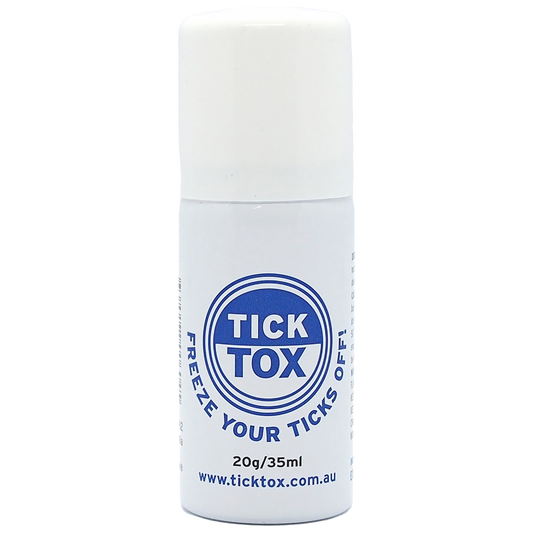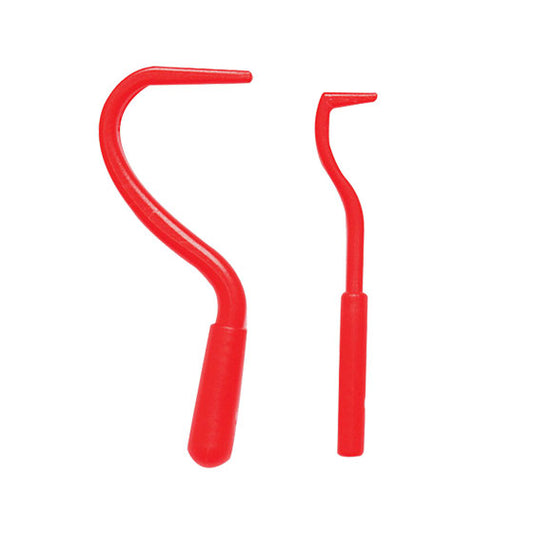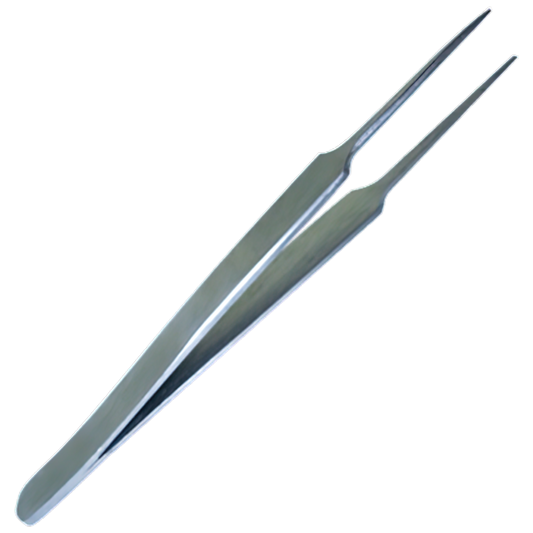Ticks
- If the person is unresponsive and not breathing normally, commence resuscitation, follow the Basic Life Support Flowchart (ANZCOR Guideline 8).
- Move the person to a safe place.
- If the person has signs of anaphylaxis, follow First Aid Management of Anaphylaxis Guideline (ANZCOR Guideline 9.2.7).5.
- In the case of a tick bite, follow the advice of ASCIA.2 For small ticks (larvae and nymphs) use permethrin cream (available at pharmacies). For adult ticks, freeze with an ether containing spray- see tiara.org.au. Avoid the use of freezing or permethrin cream for ticks close to the eyes, genitals or in ear canal
- For tick bite, if in a remote location, or freezing is not possible, consultation with healthcare professionals is recommended. If this is not possible, assess whether there is a history of anaphylaxis to tick bite. If there is a history of anaphylaxis to tick bite, the person should be carrying an adrenaline (epinephrine) auto-injector (eg Epipen™) and this should be used according to ANZCOR Guideline 9.2.7. If attempting removal of ticks in remote locations where there is no known anaphylaxis to tick bite, do not squeeze the body of the tick; use the most fine tipped forceps available to grasp the tick as close as possible to the skin.5
- For all bites and stings, apply a cold compress to help reduce pain and swelling (except in the case of tick bites).
- Monitor the person for signs of severe allergic reaction (difficulty speaking, breathing difficulties, collapse, abdominal symptoms and generalized rash).
- Send for an ambulance if multiple stings to the face or tongue have occurred or there is a history of anaphylaxis to the sting or tick.
Instructional information regarding auto injectors can be accessed from the Australasian Society of Clinical Immunology and Allergy (ASCIA) webpage: http://www.allergy.org.au/health-professionals/anaphylaxis-resources




